As an opioid, tilidine is used to relieve severe pain. But the drug can also be dangerous: Experts warn against abuse – especially among young people.
Because the pain reliever tilidine can develop a euphoric and disinhibiting effect when misused, it was used by drug addicts as a heroin substitute as early as the 1970s. Today Tilidin is partially played down in successful German rap songs, at the same time there is evidence that the Tilidin consumption by young adults has increased in recent years.
What is tilidine?
Tilidine belongs to the group of opioids and has a pain reliever (analgesic) effect. As a so-called “prodrug”, tilidine only becomes effective when it is metabolized in the body, as it is converted into the active ingredient nortilidine. Generally speaking, opioids are the most powerful pain relievers available as drugs. They are divided into weak and strong opioids, with tilidine being one of the weakly effective – it has a fifth of the effect of morphine.
How does Tilidine work?
The active ingredient tilidine influences the central nervous system by inhibiting the excitability of nerve cells: fewer pain signals are passed on to the brain. Tilidine is misused as a relaxation drug. It conveys a warm, calming feeling of wellbeing and relieves feelings of fear. It is also known to be used improperly in fights: the numbing effect is used to reduce pain. In addition, Tilidin increases the willingness to use violence and risk.
Due to the high potential for abuse, tilidine is now only available in combination with the active ingredient naloxone. Naloxone is an antagonist of tilidine: If tilidine is administered parenterally, e.g. injected with the aid of a syringe, the naloxone contained blocks the opiate receptors and in this way prevents the opioid from working. If, on the other hand, the pain reliever is taken orally as drops or tablets in appropriate doses, the so-called first-pass effect occurs: the naloxone is quickly broken down in the liver and tilidine is converted into nortilidine so that its effect can unfold
Tilidine dosage: The smallest analgesic dose
How exactly Tilidin should be dosed is determined by the doctor in the individual case. The information in this article is not intended to replace the advice of your doctor or the information in the package insert.
The dosage of Tilidine depends, among other things, on the severity of pain and age. It also plays a role whether or not you have previously taken opioids. The aim is to treat the pain while avoiding unwanted side effects. The daily dose can be between 100 and a maximum of 600 milligrams of tilidine hydrochloride. Basically, the doctor chooses the smallest pain reliever dose. After a longer period of use, the dose is gradually reduced in consultation with the doctor, since withdrawal symptoms can occur if the drug is stopped suddenly.
Tilidine and side effects: abuse threatens dependence
Tilidine can be associated with side effects affecting the gastrointestinal tract. Long-term, long-term and improper use can lead to serious side effects – such as severe drug addiction.
If you are already addicted to opiates, acute withdrawal symptoms such as anxiety, tremors, sweating and restlessness can occur. Existing withdrawal symptoms can also worsen when taking tilidine. Tilidine is not suitable for withdrawal treatment.
Possible side effects of Tilidine at a glance:
Cases of adrenal insufficiency have been reported with opioid use. Long-term use of opioids can also lead to an androgen deficiency, which can lead to erectile dysfunction (erectile dysfunction), amenorrhea (failure to menstruate) or infertility, among other things.
Drug Addiction: How Dangerous Is Tilidine?
Under a tilidine therapy, which is controlled by a doctor, usually no addiction develops. However, if tilidine is misused in large quantities and over a longer period of time – i.e. in excess of the doses prescribed by the doctor – there is a high potential for addiction. Tilidine can be physically dependent and lead to excruciating withdrawal symptoms such as severe muscle pain.
Cold withdrawal (sudden withdrawal from the addictive substance) on your own is not recommended, as there is a risk of serious health risks. Controlled withdrawal with professional help is definitely preferable. Those affected should contact a doctor or an addiction counseling center.
Be careful if you overdose with Tilidine
If there are signs of an overdose, an emergency doctor should be called immediately. For treatment, gastric lavage is performed, the antidote naloxone is administered intravenously, the circulation is stabilized and breathing is improved.
Warnings for Tilidine: Beware of interactions with alcohol
Tilidine can interact with other opiates, drugs, or alcohol. The doctor or pharmacist must therefore always be informed whether other drugs are being taken.
Together with alcohol or central depressant drugs such as benzodiazepines (calming, sleep-inducing or muscle relaxing drugs), tilidine can cause serious side effects – respiratory depression, deep sedation and coma and even death. Serotonin syndrome can occur with serotonergic drugs such as triptans or antidepressants. This is a complex of symptoms that can be fatal if not treated quickly.
If there is hypersensitivity to the active ingredient, porphyria (metabolic disease) or severe liver insufficiency, tilidine must not be taken. The use of other substances is recommended during pregnancy and breastfeeding due to the lack of available studies. There are also important things to consider with children: Tilidine prolonged-release tablets are not suitable for children under 14 years of age. Tilidine drops should be administered exactly as directed by a doctor – the dose depends, among other things, on body weight. Tilidine drops should not be used in children under two years of age.
| Quantity | 60 pills ($2/pill), 100 pills ($2/pill), 150 pills ($2/pill), 200 pills ($2/pill), 500 pills ($2/pill) |
|---|
Be the first to review “Tilidin (Tilidine) 100/8mg” Cancel reply
Related products
Uncategorized
Uncategorized
Uncategorized
Uncategorized
Uncategorized
Uncategorized
Uncategorized
Uncategorized

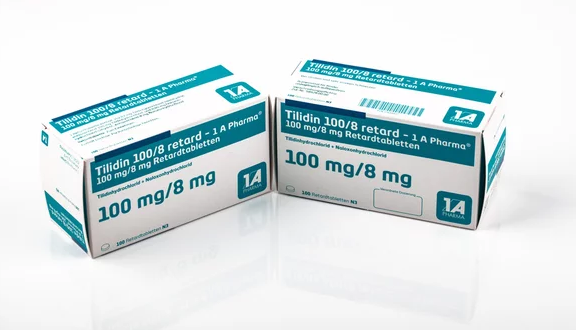
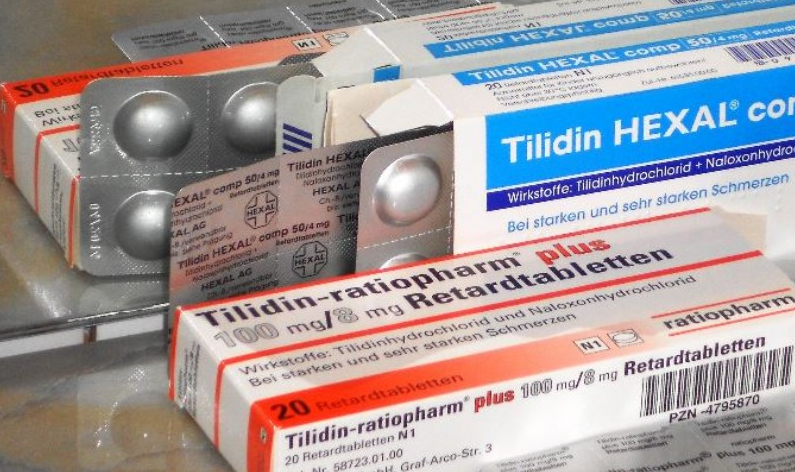

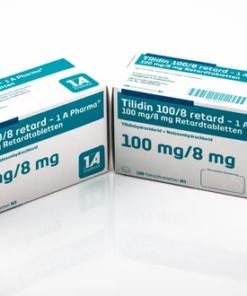


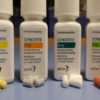

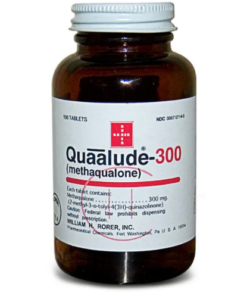




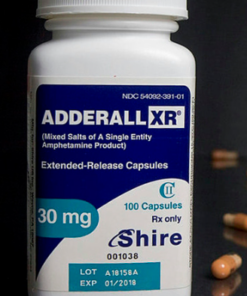






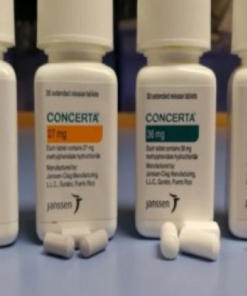
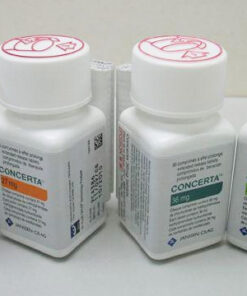
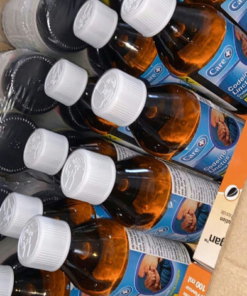
Reviews
There are no reviews yet.